|
Winter is history and hopefully we’ve seen the last of nor’easters and snow. I’m looking forward to the trees budding and flowers blooming. To help celebrate the onset of spring, I opened a bottle of Chenin Blanc from South Africa. As you know by now, I drink whites, rosés and reds all year round. However, it seemed fitting to start the spring season with something light and fresh! Chenin Blanc is a native white grape of France, specifically associated with the Loire Valley and the grape is mentioned in Official French documents dating back 1300 years ago. Over the years, Chenin Blanc has made its way to New World wine regions, including South Africa. In fact, Chenin Blanc is the most widely planted grape variety in South Africa and is now the largest grower and producer of this varietal. Chenin Blanc is also known as Steen in this wine region. Aromas and flavors of Chenin Blanc can vary depending on which wine region of South Africa they are produced in and whether the grapes are grown in cool or warm climates. But overall, the Chenin Blanc wines tend to feature high acidity, an oily texture and tropical notes. Nederburg Wine Estate is located in Paarl in the Western Cape province of South Africa and is situated about 45 minutes from Cape Town. This is a warm climate region. Here is a very condensed version of the estate’s history. Philippus Wolvaart bought the land in 1791 and together with his wife, they created the groundwork, setting the stage for Nederburg Wines. Once he cleared the land, Wolvaart planted a variety of vines. He also built a beautiful Manor House, which he completed in 1800 and is now a tourist attraction today. Wolvaart eventually sold his farm in 1810, which then repeatedly sold until 1937, when Johan Georg Graue purchased it. Graue pioneered new practices from wine growing to winemaking. In 1953, Günter Brözel became the winemaker and was the first person in South Africa to win the International Wine & Spirits Competition Winemaker of the Year Award for his “Edelkeur Wine”. In 2001, Razvan Macici, a Romanian born cellar master, took over the operation and he continues the tradition of creating quality wines. Nederburg Winemasters Chenin Blanc 2016 is made with 100% Chenin Blanc. The Winemasters brand is their premium wine named in honor of the cellar’s long-standing tradition of winemaking excellence. The Chenin Blanc is a soft golden color with lovely aromas of floral, honey, stone fruit and minerality. The palate is rich with ripe tropical fruit, honeysuckle, pear, apricot and hints of vegetation and flint with a finale of tart granny smith apples. The texture is creamy, light and crisp. This a great wine to drink as an aperitif or with seafood, light pasta and cheese. Alcohol: 13.5% SRP: $12.99 Have some fun and open a bottle of Chenin Blanc from Loire Valley and South Africa. Taste and compare, then let me know what you think!
Have a great weekend and enjoy the spring weather! Cheers! Penina To leave a comment or if you have an inquiry, please contact me at [email protected] When the topic of Portuguese wine comes up, thoughts might turn to the exceptional fortified wines that this country produces. But there is so much more to discover. I have written several stories about Portuguese wine, discussing some of its regions and producers. Here is a quick review: Portugal is located in the Southwest corner of Europe in the Iberian Peninsula. It is the westernmost country of Europe and surrounded by Spain to the North and East, and the Atlantic Ocean to the South and West. What makes Portugal so unusual with regards to wine is that it boasts a remarkable number of grape varieties that cannot be found anywhere else in the world. In fact, many of the Portuguese grape varieties are restricted to the national territory. There are 250 indigenous grape varieties officially registered. The Alvarinho, Baga and Touriga Nacional grapes are probably the most widely known by name. Portugal is divided into fourteen Regional Wine areas. Each region has a unique geography and climate, influencing the production of the grapes. Most of the wines produced in Portugal are a blend of several national grape varieties rather than using a single varietal. In fact, some winemakers will blend more than twenty varieties to attain the perfect balance. However, there are a few regions that produce a single variety grape, such as Bairrada, using the Baga grape (red) and in Moncao/Melgaco in the Vinho Verde region, using the Alvarinho grape (white). Overall, the most “popular” of the white grapes are Alvarinho, Arinto/Pederna, Encruzado and Fernao Pires/Maria Gomes. The popular red grapes are Baga, Casteao, Tinta Roriz, Touriga Franca, Touriga Nacional and Trincadeira/Tinta Amarela. My focus today is the Alentejo wine region which covers a third of Portugal in the southern half. (see map above) Alentejo has eight sub-regions that cover approximately a fifth of the Vinho Regional Alentejano region with climate and soils varying within the sub-regions. The wines produced here come in a range of styles, influenced by the diversity of the climate and soil. The soil of Alentejo varies throughout the sub-regions. In fact, it has the most diverse soil of any region in Portugal. Interspersed amongst the mountains, hills and valleys, one can find soil with clay, limestone, quartz, granite, schist, sandstone and marble. Most of the soils are non-calcareous, meaning they are neutral or more acidic. For instance, Portalegre is located well to the northeast at the foothills of the São Mamede Mountains with predominately granite soil, more rainfall and cooler temperatures. Borba, Évora, Redondo and Reguengos, located in the interior of Alentejo, experience typical Mediterranean weather which is mild and warm, with more rainfall in winter. The soil types vary between marble, red slate, brown Mediterranean soil, granite and schist. Whereas, Granja-Amareleja, Moura and Vidigueira are exposed to a much hotter climate with infertile volcanic soils of granite and schist and poor limestone based soils. Alentejo has 51,000 acres of planted vines that enjoy 3000 hours of sunshine annually. More than 80% of the grapes grown are red, but whites are gaining momentum, especially Antão Vaz, the star grape of the region. The following are Alentejo’s signature grapes: Whites Antão Vaz Arinto Fernão Pires Roupeiro-aka Malvasia and Siria Verdelho Reds Alfrocheiro Alicante Bouschet Castelão Touriga Nacional Trincadeira So, let’s check out a small selection of wines from Alentejo! Olho De Mocha Reserva 2014 is produced by Herdade do Rocim located in the southernmost region of lower Alentejo. The wine is 100% Antão Vaz. The color is golden yellow with subtle aromas of citrus, floral, apples and hints of minerality. The palate offers tropical fruit, honeysuckle, gentle citrus and lively acidity with a dose of lemon zest on the finish. This is a fresh and aromatic wine. Alcohol: 13.5% SRP: $30 Tinto De Talha 2014 is produced by Piteira located in the Granja-Amareleja sub-region. The wine is made with 100% Moreto grapes grown in a mix of sand pebbles and quartz. This is a “clay jar” wine, which is a 2,000-year-old tradition of making wine. The grapes are destemmed and crushed by hand and then the must and skins are deposited into large 520-gallon handmade talhas (clay jars) where fermentation starts spontaneously and lasts for about 3 months. The wine then ages for 6 months in the talhas with skins. The color of the wine is deep garnet with ripe fruit, floral and plum on the nose. Neutral flavors and a hint of bitterness remain on the palate. Alcohol: 13.5% SRP: $23 Reserve Red 2014 is produced by Esporão located in Reguengos de Monsaraz DOP, in the interior of Alentejo. This is a beautiful blend of Aragonez, Trincadeira, Cabernet Sauvignon and Alicante Bouschet. The grapes are grown in clay loam soils with granite and schist mother rock. The color of the wine is dark red bordering on purple. Aromas of ripe red and dark fruit, herbs and hints of oak segue onto the palate with cherry, plum and pomegranate, leaving a hint of tartness on the finish. This is a full-bodied wine with medium tannins and multiple layers. A very expressive wine. Alcohol: 14.5% SRP: $28 Evora Tinto Colheita 2013 is produced by Cartuxa located in the sub-region of Évora. The wine is a blend of Aragonez, Alicante Bouschet, Trincadeira and Cabernet Sauvignon. The grapes are grown in granite soil. The wine is dark red with aromas of sweet berries and dark fruit. The palate offers dark rich fruit, dark plum, cherry, spice, licorice, medium tannins and a peppery finish. This is a full-bodied wine with a lot of depth and character. Alcohol: 14.5% SRP: $25 Monte de Peceguina 2015 is produced by Herdade Da Malhadinha Nova located in Beja, a southern sub-zone. The wine is a lovely blend of Touriga Nacional, Syrah, Aragonez, Alicante Bouschet and Cabernet Sauvignon. The grapes are grown in free-draining schist soil. The color is dark ruby with heady aromas of lush ripe fruit, cherry and dark berries. The palate offers succulent berries, spice, anise and hints of pepper and herbs. White chocolate and cherry linger on the finish. This is a fresh, medium-bodied wine that is smooth as silk. Alcohol: 14.5% SRP: 18.99 Alentejo producers and growers embrace and practice sustainability. In 2014, the Alentejo Regional Wine Growing Commission created a voluntary initiative for grape growers and wine producers called Wines of Alentejo Sustainability Programme in order to improve social, environmental and economic welfare. In addition to wine production, Alentejo produces award-winning olive oil and is home to over one-third of the world’s cork forests. Alentejo has a rich and fascinating wine history, amazing architecture, mouthwatering cuisine and a captivating culture, all of which I will cover in another post. In the meantime, the next time you’re in a wine shop pick up a bottle from this impressive region. Most of the wines are available nationwide.
Cheers! Penina To leave a comment or if you have an inquiry, please contact me at [email protected]  The summer solstice is upon us. And what better way to welcome the longest day of the year than with some wine from the Côtes-du-Rhône. The Côtes-du-Rhône vineyards, located in Southern France, extend from Vienne to Avignon and include 171 vineyards. The region enjoys a Mediterranean climate conducive to grape growing that also reflects in the characteristics of the wine. Ferraton Père & Fils estate is located in Tain l’Hermitage and was founded in 1946 by Jean Orëns Ferraton. His son Michel, inheriting the same passion as his father, introduced the first Hermitage, Crozes-Hermitage and Saint-Joseph wines to the world. Michel Chapoutier, a highly regarded winemaker and close friend of the Ferratons’ introduced organic viticulture to the vineyards in 1998 and he eventually formed a partnership with the Ferratons. By 2000, all of the vineyards were converted to biodynamic farming and are now certified organic. What began in 1946 as a .3 hectare estate (some of these vines still produce fruit), Ferraton now has an annual production of about 350,000 bottles. The Samorëns Blanc 2016 is a beautiful blend of 35% Roussanne, 30% Viognier, 25% Grenache Blanc, 5% Clairette and 5% Marsanne. The color is pale straw with a floral and stone fruit bouquet. The palate offers citrus, pear and apple. This medium-bodied wine is fresh and nicely balanced with a crisp floral finish. Drink as an aperitif or with light summer fare. Alcohol: 13.5% SRP: $14 The 2016 Samorëns Rosé is made with 50% Grenache, 30% Syrah and 20% Cinsault. The color is a festive salmon pink with subtle aromas of flowers, red berries, peach and melon. The palate is soft and subtle as well, offering stone fruit, watermelon and hints of citrus zest and vanilla on the finish. This is a perfect sunset rosé!
Alcohol: 13.5% SRP: $14 These are fun wines to drink over the summer…and summer is here!! Happy Wine Wednesday! Cheers! Penina To leave a comment or if you have an inquiry, please contact me at [email protected] |
Categories
All
|
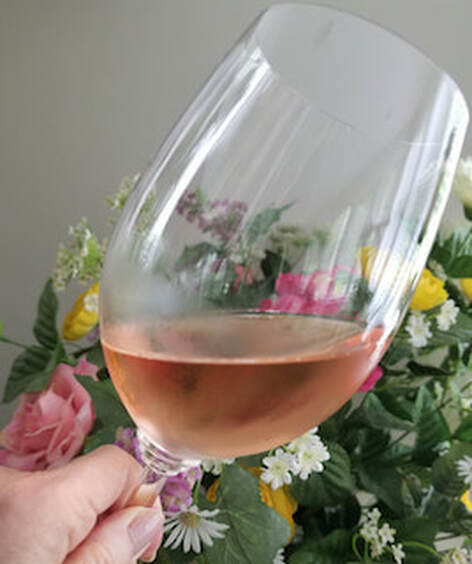

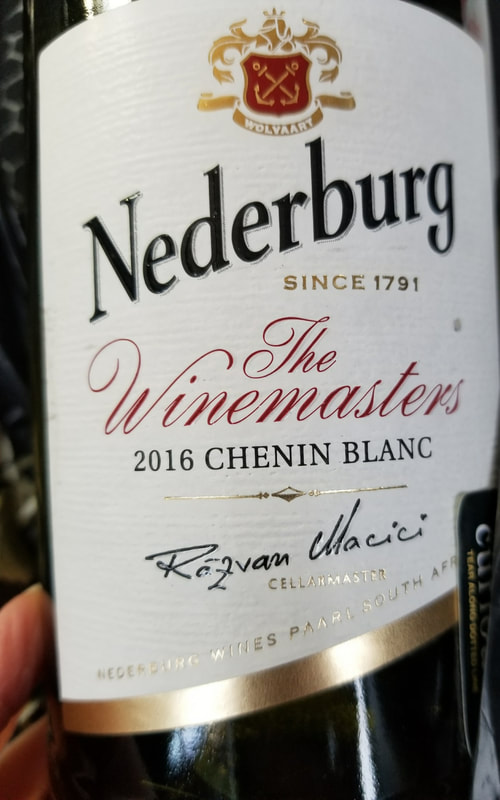

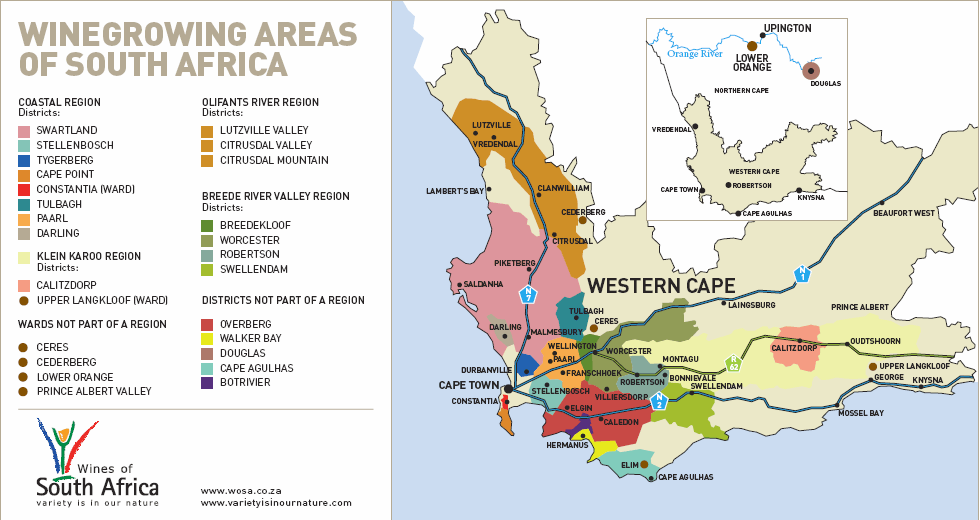
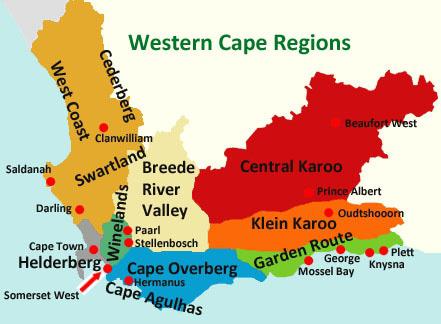
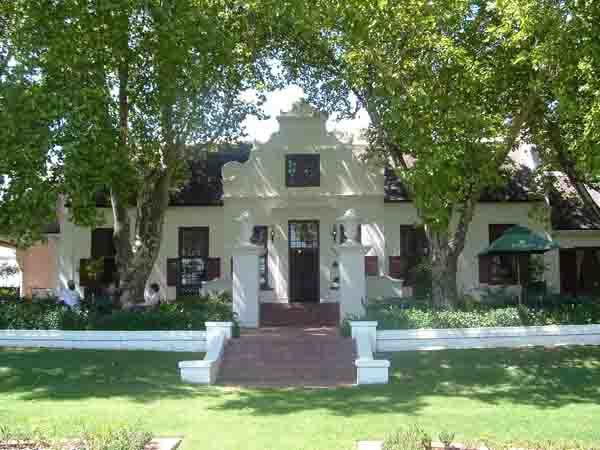
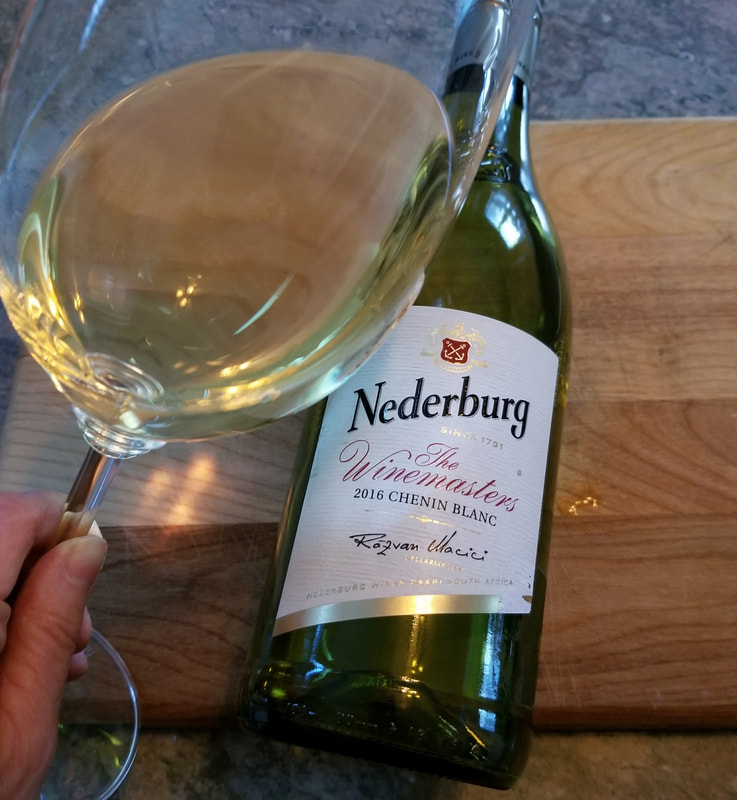
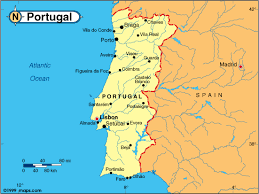
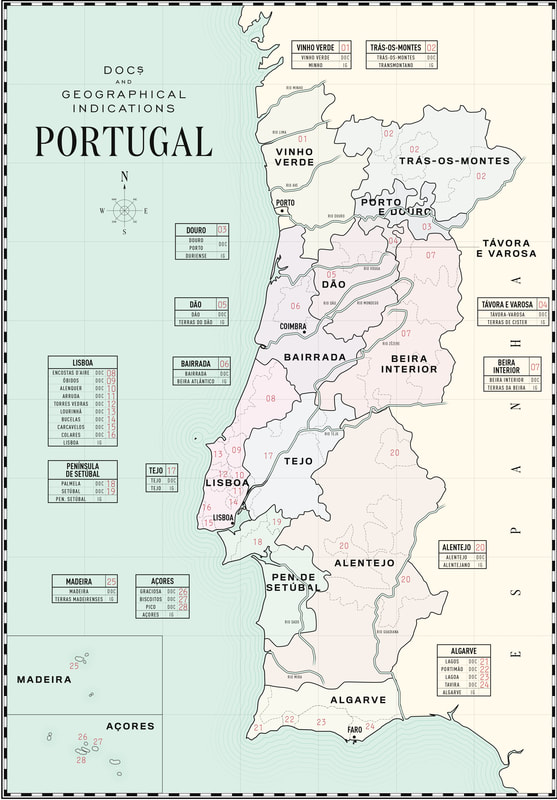
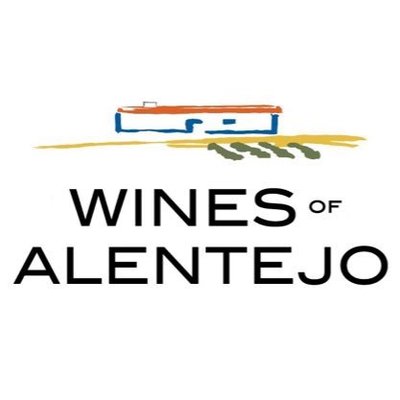
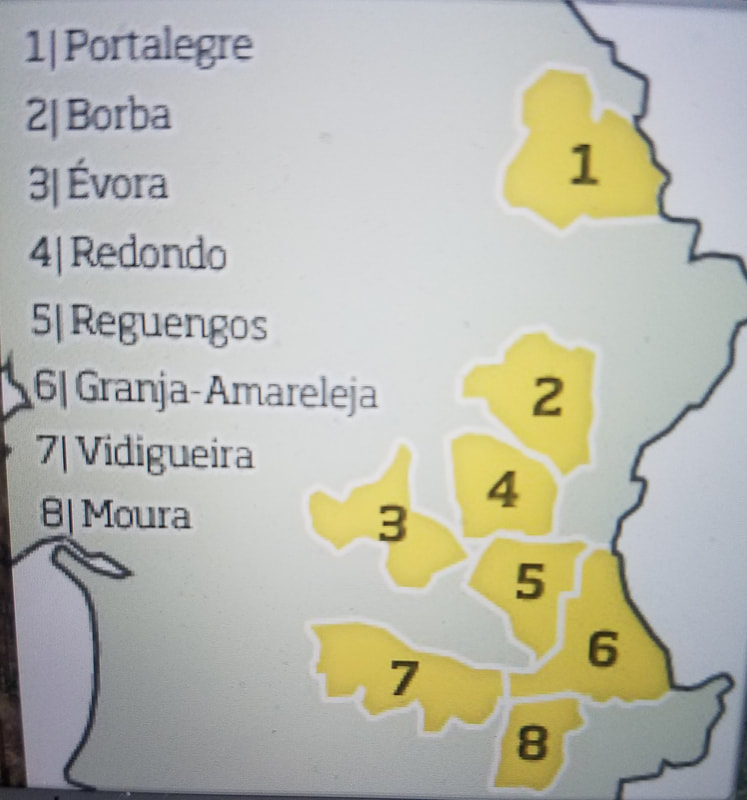
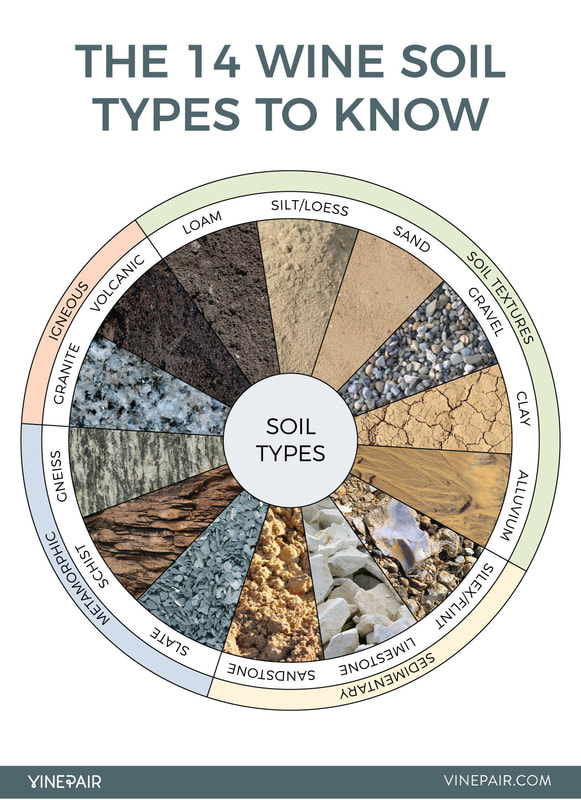
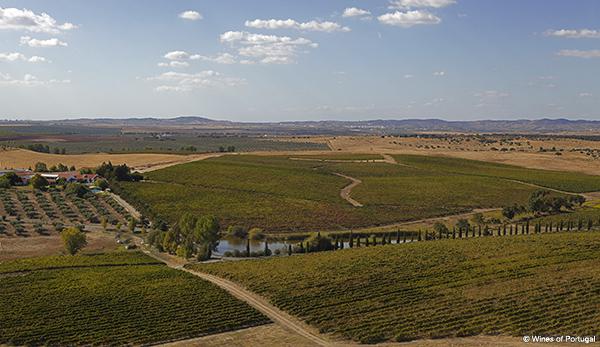
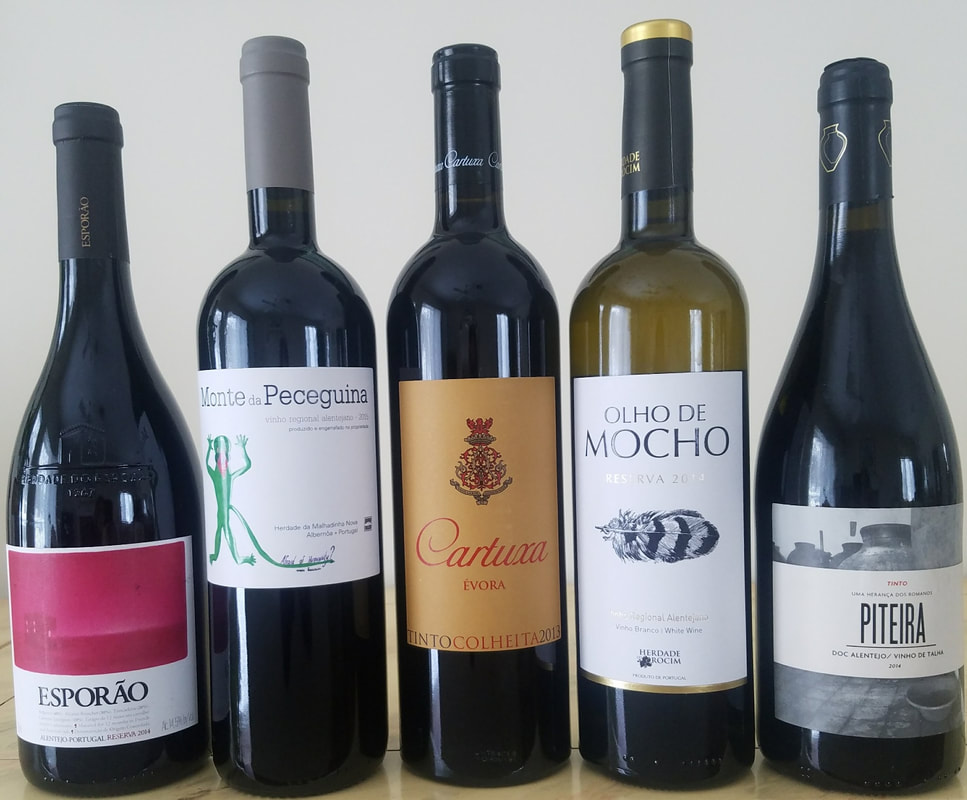
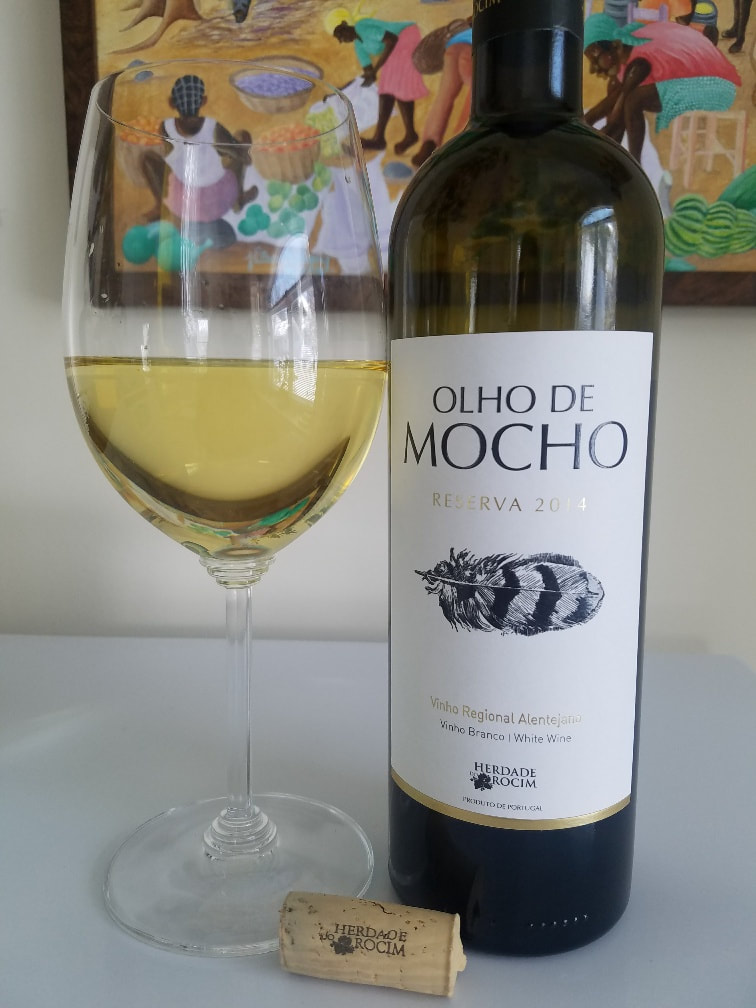
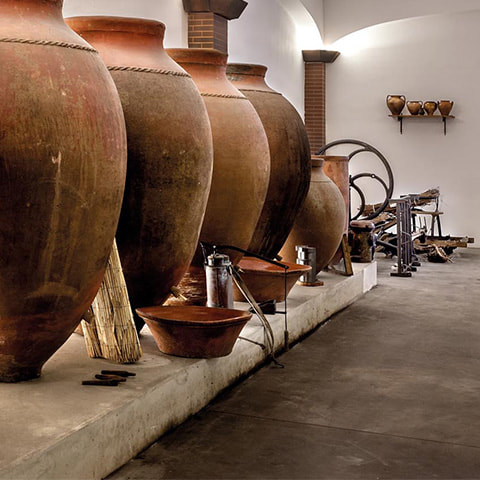
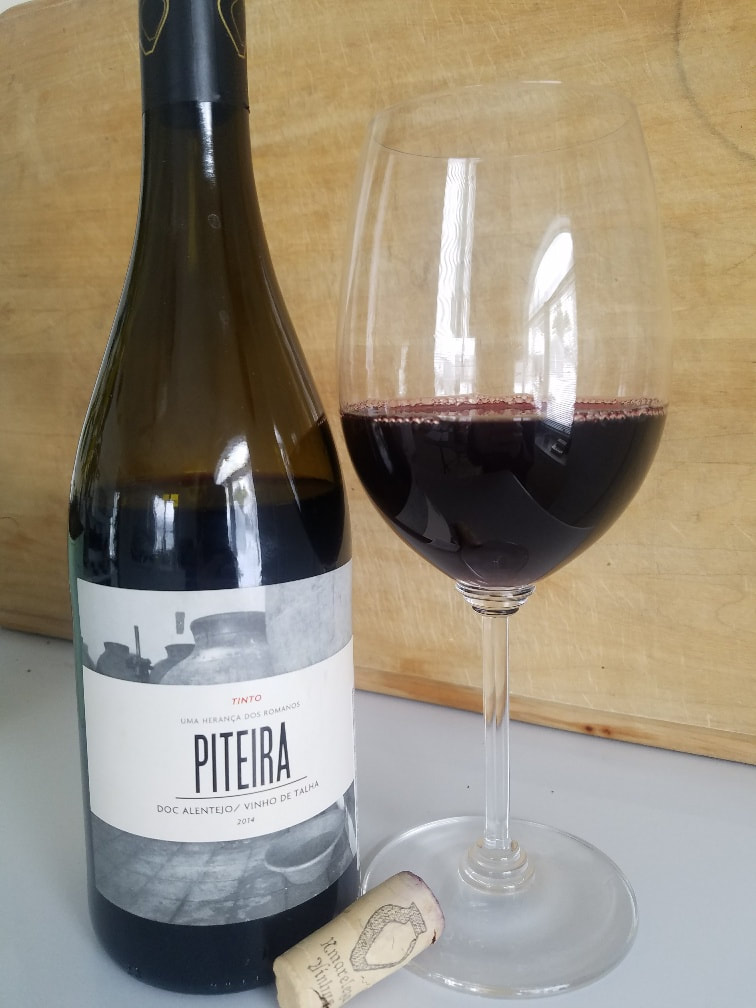
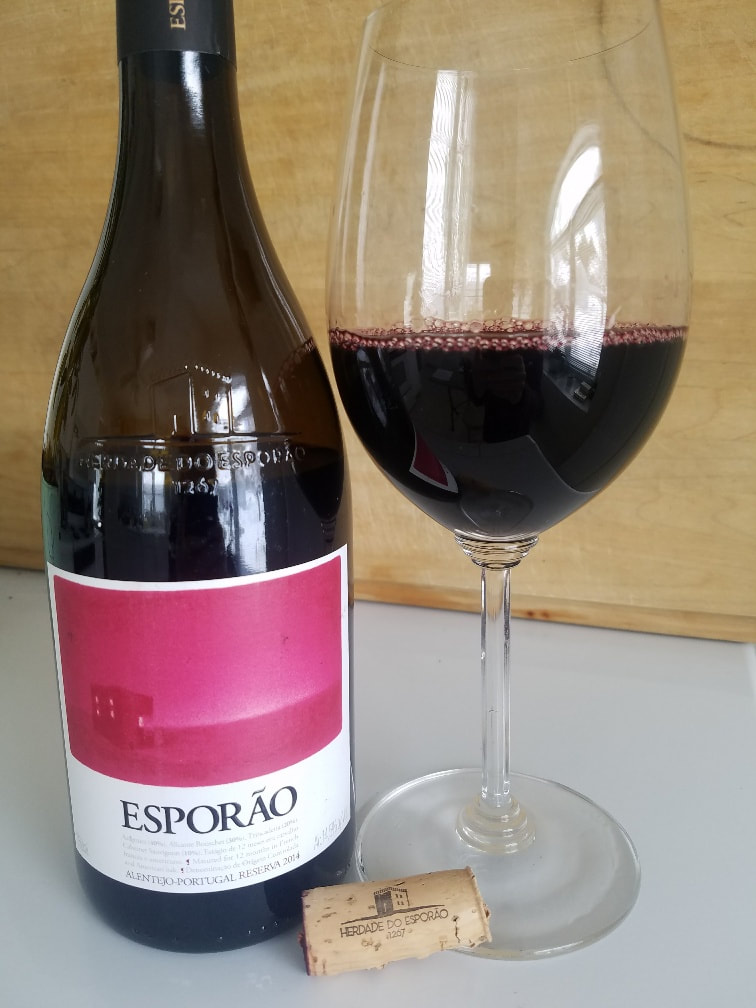
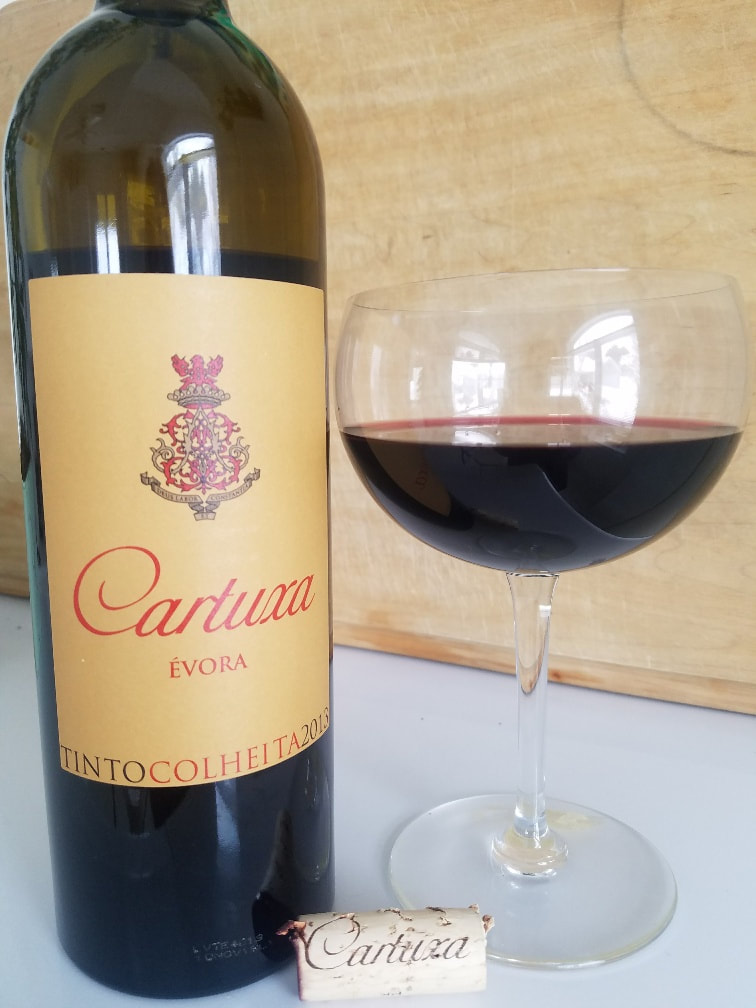
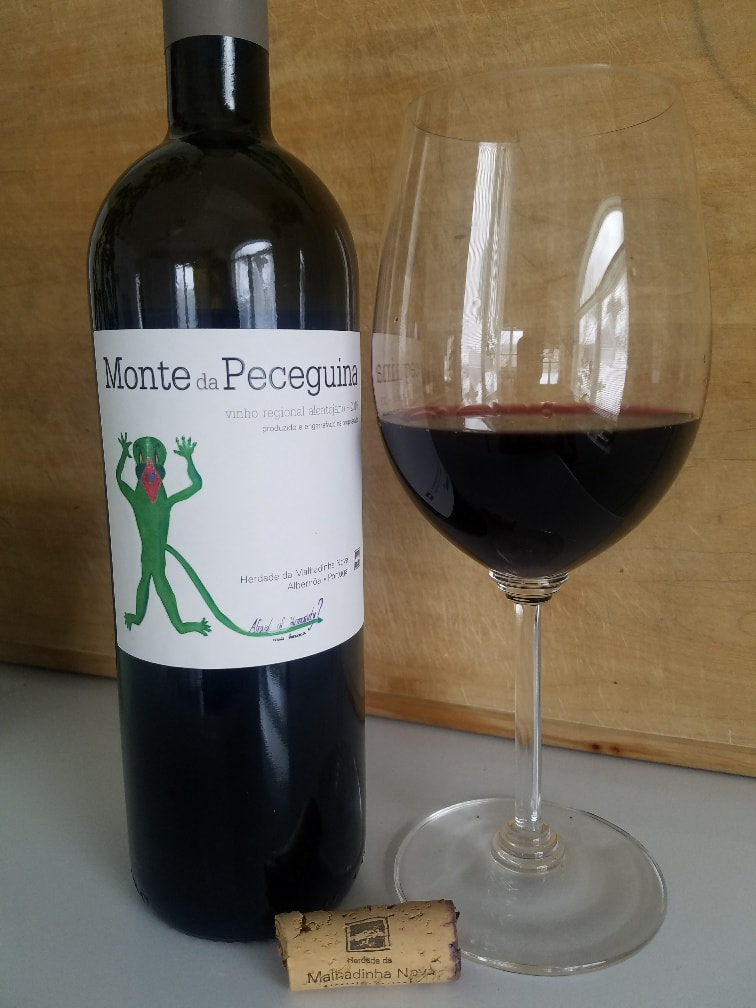
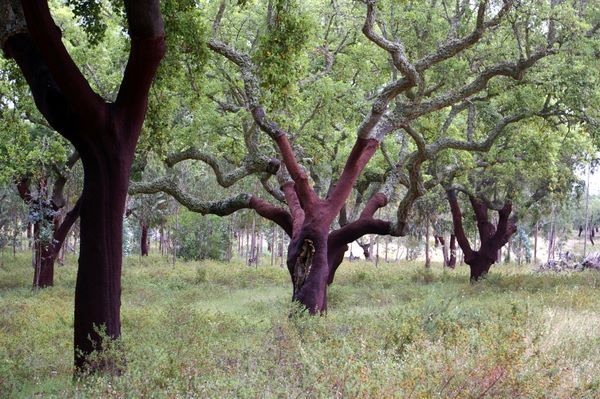
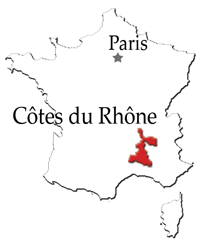
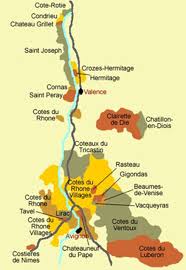
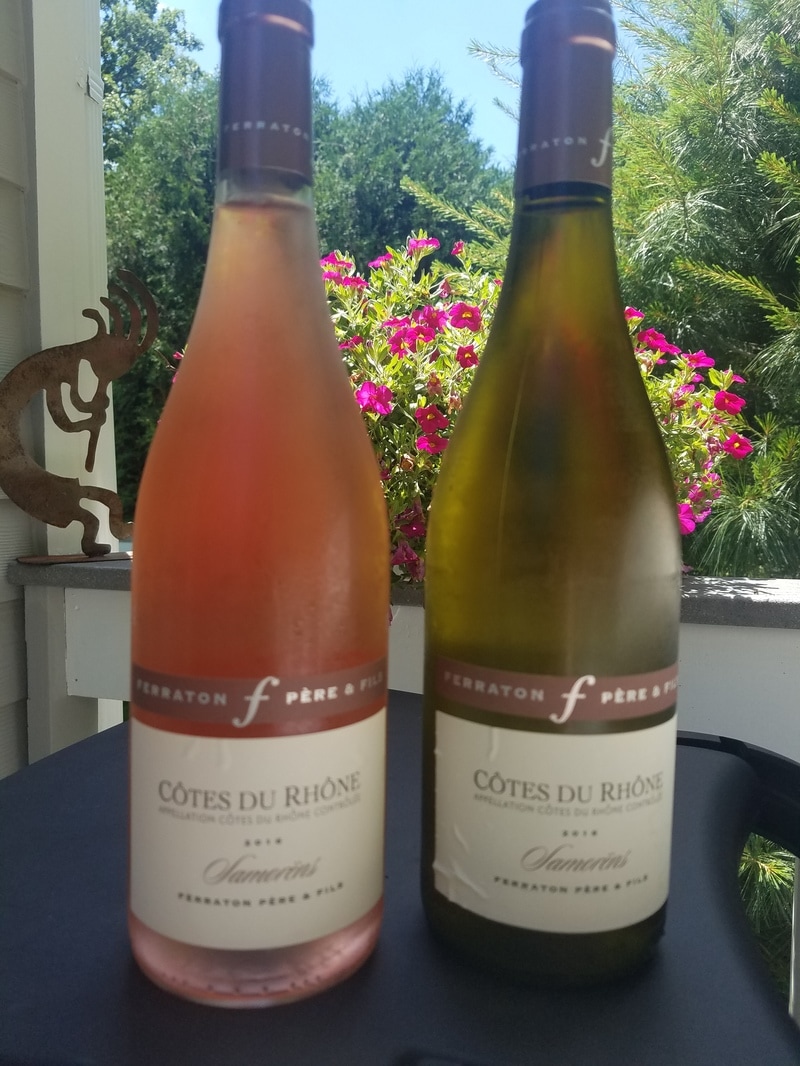
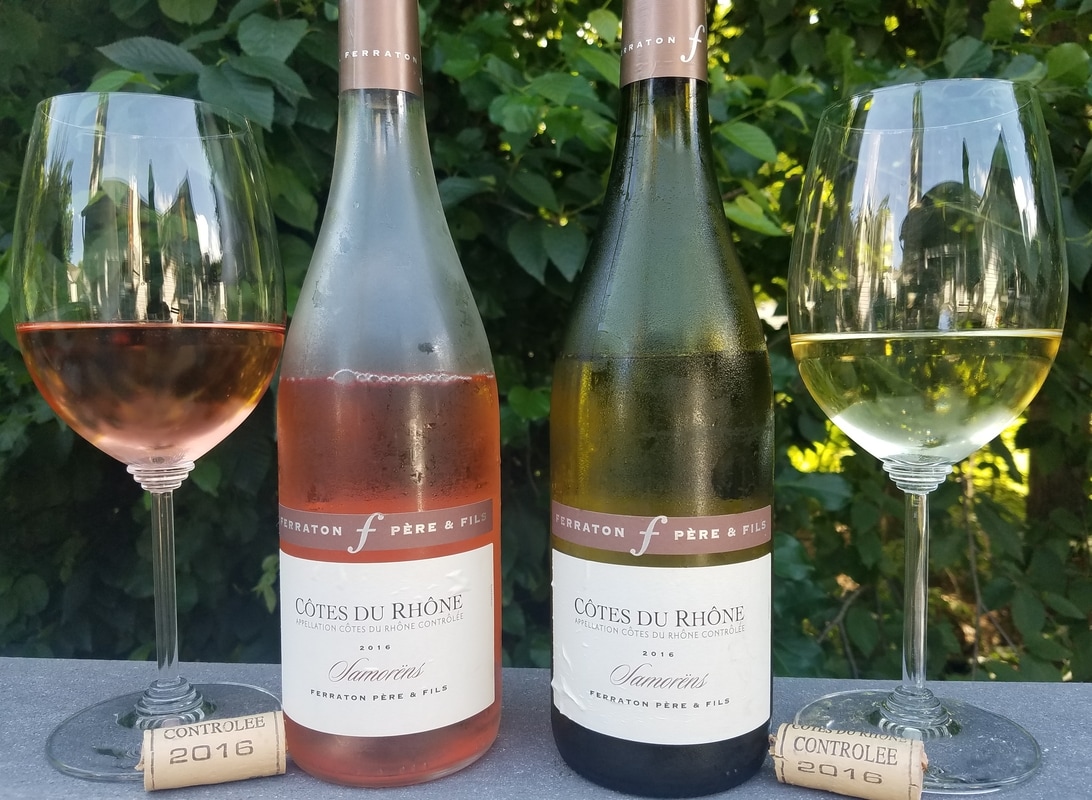
 RSS Feed
RSS Feed